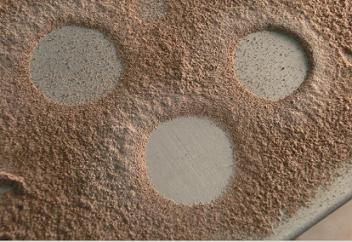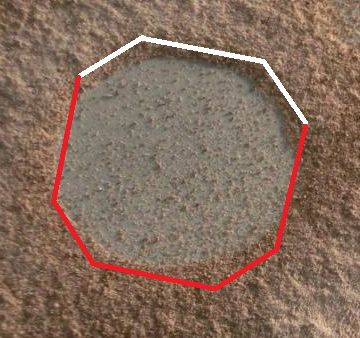willendure wrote:Enemy of Empire wrote:willendure wrote:Hexagonal close packing of current filaments. Is that something that can be reproduced in lab experiments? It is certainly and appealing hypothesis.
Other than trying to reproduce lightning strikes on a small scale like the arc-burst experiments of dahlenaz, I think you would have to produce a z-pinch in a plasma beam and find a way of obtaining a cross-sectional view of the beam's longitudinal axis at the point of the z-pinch.
I don't know, but I imagine that dahlenaz arc-burst experiments are creating just a single current filament? Or would a small zap like that be enough to create a multi-filamented lightning?
I am glad you bring up this factor of the characteristics of a small zap... Attention to this detail is
important because an electric discharge is much more than the brightness produced by the arc.
From this detail i am persuaded that we need more than an arc-only explanation
for what generates the polygonal characteristics of a crater..
I do not dought that some electrical mechanism is "partly" responsible for these features.
i would expect that, for there to be such a great population of craters formed on celestial bodies,
there must be a multi-faceted process involved, since an arc is the focused-phase of an interactions
and it may deplete charge-differential to an extent that such potential is snuffed-out for a while.
The leader phase of an arc and the intermediate dark-mode tendrils have quite the capability
to form the features we see on these "dust covered bodies"
,,, catch that detail,,, dust covered and loosely held..
Any experiment that does not factor in this detail will most likely miss some of the activity
produced in the process of an electrical interaction...
I do not know the exact cross-sectional profile of the arcs in this experiment with resistive
material but there were other factors involved in how the material ended up as it did.
Does this concept that applies hexagonal close packing and cubic close packing to the
EDM process also take into consideration discharge behavior, beyond the confines of the arc?
It would seem in far greater agreement with what is seen in the experiments i've done and seen,
and in some of those, deposition processes showed their role as well... d..z
...

